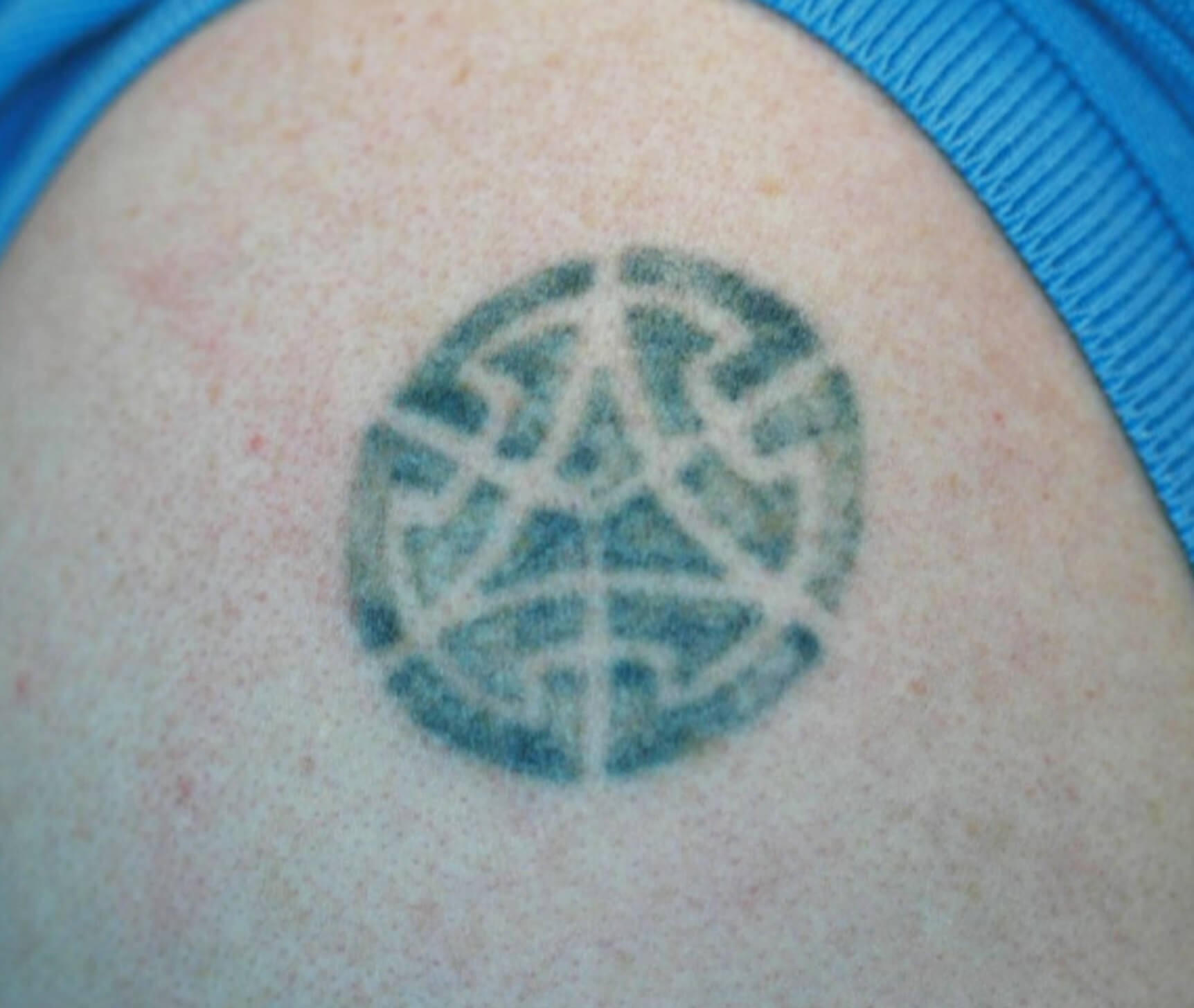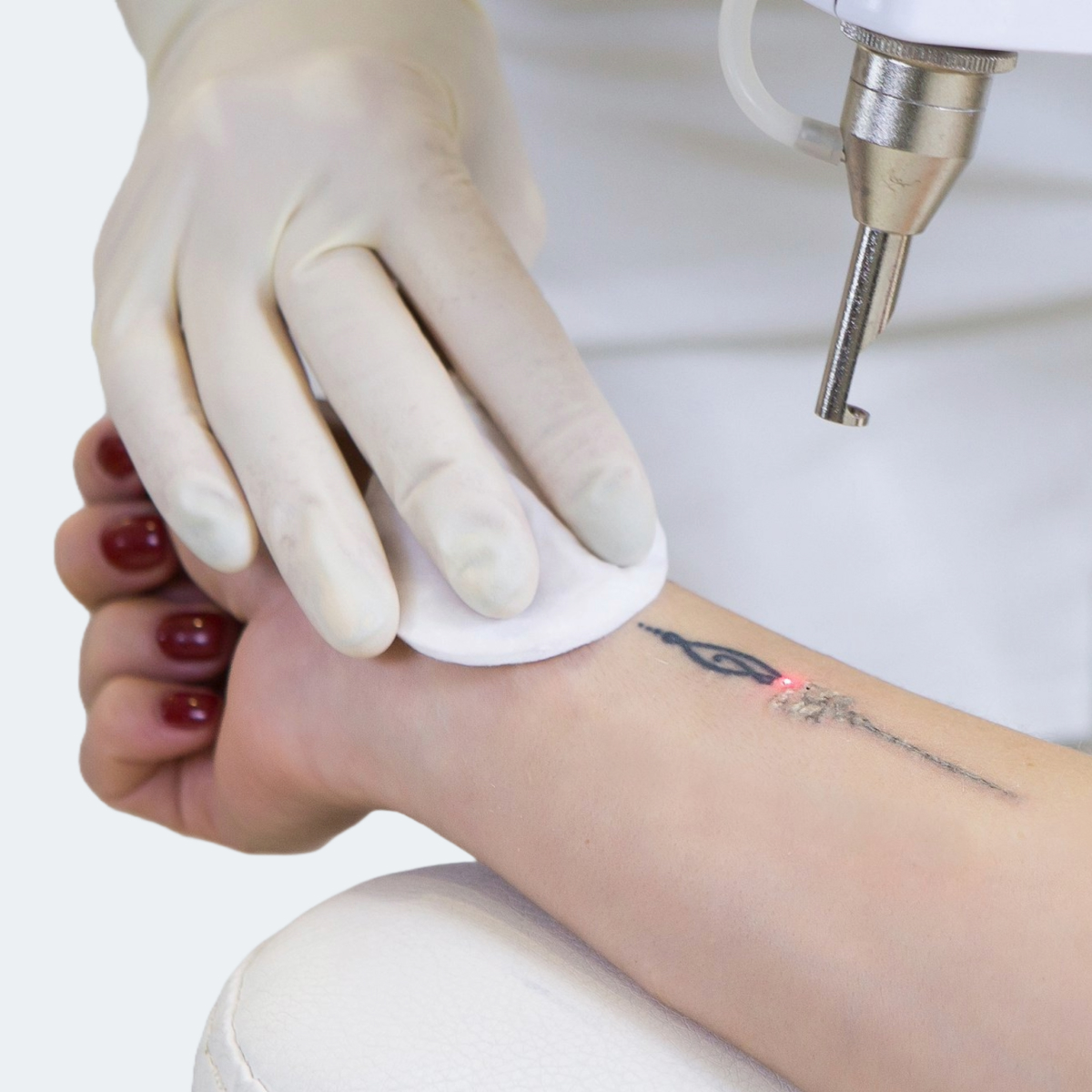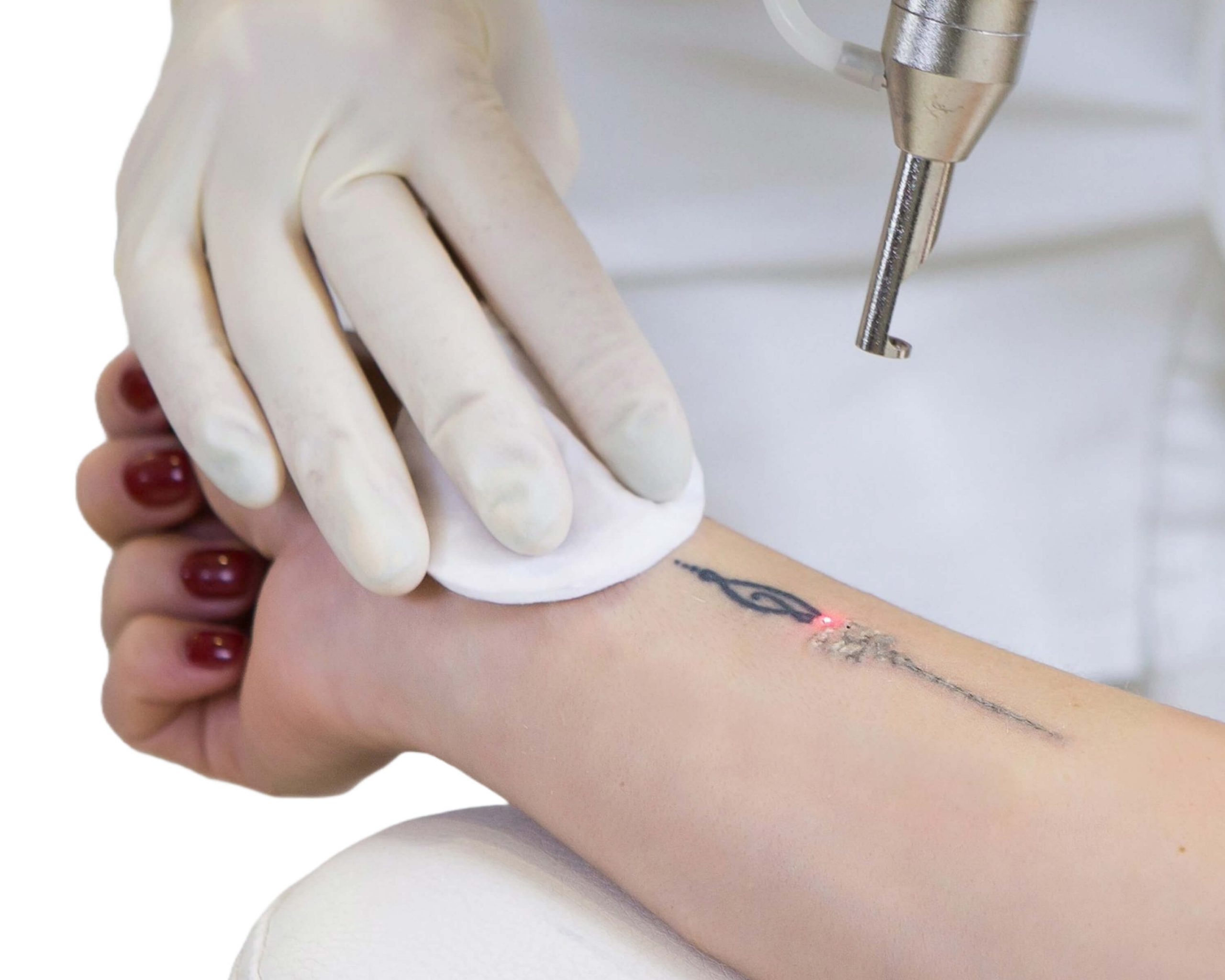Tattoo Removal by
People remove tattoos for all kinds of reasons, e.g. desire to wear sleeveless shirts, avoid rejection/judgment by colleagues or friends, etc.
Having a tattoo may sometimes pose some difficulty in starting a new romance or getting a new job. Many people, therefore, consider removing their tattoos to start afresh.
Why Choose Dr. Wong Soon Tee
Friendly & Experienced Specialist
Dr. Wong connects well with his patients & he is a specialist with over 30 years of experience.
Dedicated & Focused Patient Care
Dr. Wong will manage every step of his patient’s skin healing journey.
Safe & Effective Treatments
We offer a selection of carefully curated FDA & HSA-approved treatments that give effective results.
- MBBS, Yong Loo Lin School of Medicine, Singapore
- MRCP. Member of Royal College of Physicians, United Kingdom
- FAMS, Fellow of Academy of Medicine, Singapore
- Adjunct Assistant Professor, National University of Singapore
- Visiting Consultant, University Dermatology Division, National University Hospital
- Visiting Consultant, Aesthetic Plastic Surgery Centre, National University Hospital


Q-Switched ND-YAG Laser
What is Laser Tattoo Removal?
One of the advances in tattoo treatment is to remove or lighten tattoos using a laser, e.g. Q-switch Nd-YAG laser. This Q-switch Nd-YAG laser delivers pulses of energy that are selectively absorbed by the tattoo pigment. The powerful laser beam breaks the tattoo pigment ink into tiny fragments, which are then cleared away by your body’s natural cleansing mechanism. Several sessions of treatment are required and the risk of scarring the skin is minimal. The treatment is painful and local anesthesia is usually given.
In general, the blue, black and red tattoos are easy to remove and the Helios III laser that our clinic operates, with its fractional capability, meets the needs for such tattoo removal. However, tattoos with green ink are more challenging and our clinic currently does not have the capability to remove green tattoos.
What should I do after the treatment?
An antibacterial ointment and dressing will be applied to the treated area and it should be kept clean. A shower can be taken the next day, although the treated area should not be scrubbed.
You will see a lightening of your tattoo after each treatment as your body disposes of more fragments of pigment. The results vary from complete disappearance to partial lightening after the first try. Traumatic tattoos and the amateurish tattoos that are done less professionally have the best response and result. However, large and heavily pigmented tattoos done by professional tattoo artist are more challenging and require many treatments for optimal results. Occasionally, loss of pigmentation or whitening of the skin may occur. But normal skin tone should return within 6-12 months, following your last session of treatment.
How Often Do I Need To Repeat This Treatment?
The tattoo removal may take a number of sessions depending on the type of ink and depth of the tattoo. On average, professional tattoos require 8-12 treatments, while amateur tattoos require 3-5 treatments. Treatments are all spaced approximately 6-10 weeks apart, to allow your body to remove the maximum amount of tattoo pigment.
Remove Your Tattoo
Are you interested to find out more about Laser Tattoo Removal? Make an appointment now to see our Skin Specialist, Dr. Wong Soon Tee.
Our Clinic Location
-
Mount Elizabeth Novena Specialist Centre
#10-22/23, 38 Irrawaddy Road,
Singapore 329563 - +65 6694 1121
- +65 9724 4911(WhatsApp)
- enquiry@assuranceskin.com
-
Mon, Tues, Wed, Fri: 9am - 5pm
Thurs & Sat: 9am - 12.30pm
Sun & Public Holidays: Closed
Book An Appointment
Leave us your details and our clinic will get back to you shortly.
For Faster Response, Call Us!
+65 6694 1121
Chat with our friendly clinic staff through Whatsapp!


